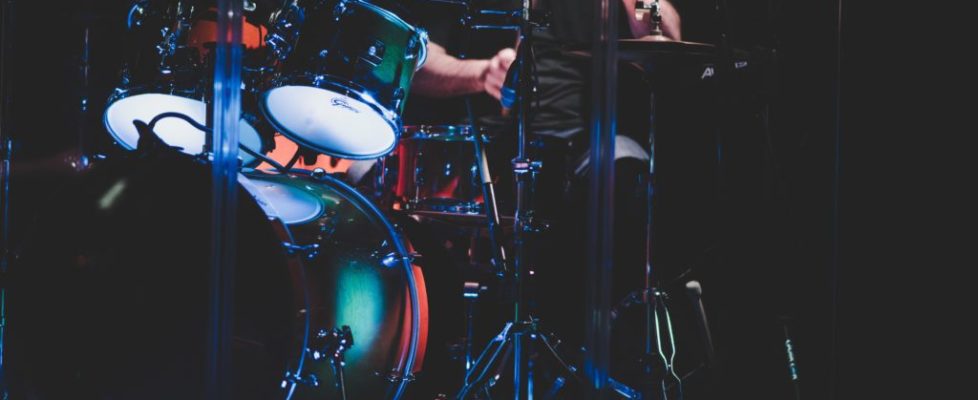How to mic a kick drum (bass drum)
When recording a bass drum, most sound engineers normally employ the use of dynamic microphones. In fact, in the market, you can find some dynamic, large-diaphragm microphones specifically manufactured for the recording of kick drum sound.
It\’s recommended to start with a bass drum specific mic. That will save on the amount of EQ you\’ll need to do on the console.
If you don\’t have a kick mic, you can use a traditional dynamic microphone (like an SM57) or a condenser mic as well. The best way to get started is simply to use what you have.
No matter where the mic is placed, the boominess amount being produced can be reduced by the addition of a blanket or pillow inside the instrument. Some tend to allow the blanket or pillow to touch the inside of its head.
Others may prefer it stays a few inches away. It all basically comes down to what will work for you.
Anyway, here is a closer look at how to mic a kick drum.
The Instrument
We tend to forget this a lot, however, drums are musical instruments as well. With that said, they also need to be tuned and cared for too, just as you would a saxophone or violin. Damaged beaters, worn out heads, inconsistent drum tension and loose hardware can lead to different kinds of weird sounds, rattles, and unpleasantness.
Before you proceed with placing your mics in the drum, take a bit of time to ensure your musical instrument sounds great. When you\’re done with that, from there everything else eventually gets so much easier.
A drum kit\’s largest sound source is produced by the bass drum. It also has the lowest frequency as well.
Positioning The Mic
- Near The Inside Head
Cutting a hole or taking off the outside head altogether will allow you to place your microphone inside the drum.
When using this option, place your microphone about two to three inches away from the head\’s inside as well as a few inches off center. This method actually happens to be the standard technique on how to mic a bass drum when you\’ve taken off the outside head or cut a hole.
- Halfway Inside The Drum
The preceding miking method can be further modified by moving your microphone slightly back so as to be positioned halfway inside the drum. This particular scenario entails placing the microphone in the middle, ensuring it\’s pointed to the location where the beater strikes.
A placement such as this will give you less of the beater attack when it\’s striking the drum and more of the overall sound of the drum.
- Near The Outside Head
If both heads are on the drum, then the mic can be placed a couple of inches from the head\’s outside.
If a more boomy, open sound is what you happen to be looking for then you might want to consider pointing the microphone directly at the head\’s center.
But, if less boom is what you want then you can offset the microphone a bit and then point it around two-thirds toward the center.
Conclusion
As with several things in sound engineering, there\’s really no one correct method on how to mic up a bass drum. A lot will depend on the overall structure of the drum, the player, and style of music being played, as well as what microphones are available.
Getting the best bass sound from a kick drum is mostly all about careful placements as well as mic choice.
Hopefully now you know a little more on how you can mic your kick drum!
